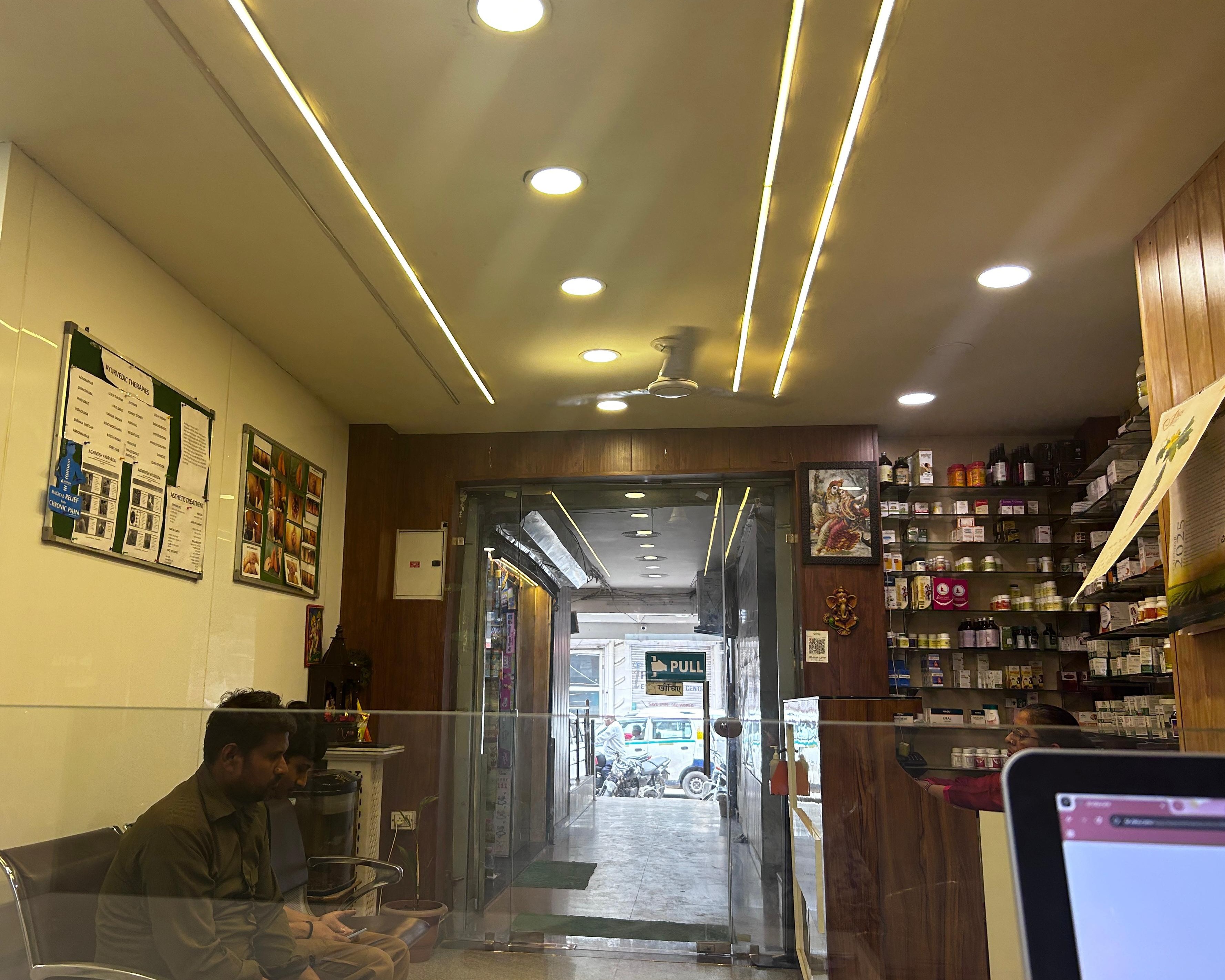
2025-06-18T07:30:25
Best Hospital Of Pilonidal Sinus Near Me A pilonidal sinus is a small tunnel or tract under the skin that usually forms in the natal cleft, the groove between the buttocks just above the anus. It often contains hair, debris, and skin, and can become infected, leading to pain, swelling, and sometimes the drainage of pus or blood. Causes Ingrown hairs: Hair that grows back into the skin. Friction and pressure: Long periods of sitting, tight clothing, or excessive sweating. Poor hygiene. Trauma to the area. Symptoms Pain or discomfort, especially when sitting. Swelling or redness in the lower back area. A visible sinus opening or small dimple in the skin. Pus or blood drainage from the sinus, often with a foul smell. Fever or systemic infection in more severe cases. Risk Factors Male gender (more common in men). Young adults (ages 15–35). Obesity. Sedentary lifestyle. Excess body hair. Diagnosis Diagnosis is usually clinical, based on physical examination. In chronic or recurrent cases, imaging like ultrasound or MRI may be used to assess the extent of the sinus tracts. Treatment Options Non-Surgical Hygiene: Keep the area clean and dry. Antibiotics: Only if there’s active infection (though they won’t cure the sinus). Hair removal: Laser hair removal may help prevent recurrence. Surgical Incision and drainage (I& D): For acute abscesses. Excision and healing by secondary intention: Sinus is cut out and left open to heal. Excision and primary closure: Sinus is cut out and closed with stitches. Minimally invasive techniques: e.g., EPSiT (Endoscopic Pilonidal Sinus Treatment) or pit picking. Prevention Keep the area clean and dry. Avoid prolonged sitting. Maintain a healthy weight. Consider regular hair removal in the area if prone to recurrence. Let me know if you’d like a detailed explanation of surgical techniques, recovery time, or home care instructions.

